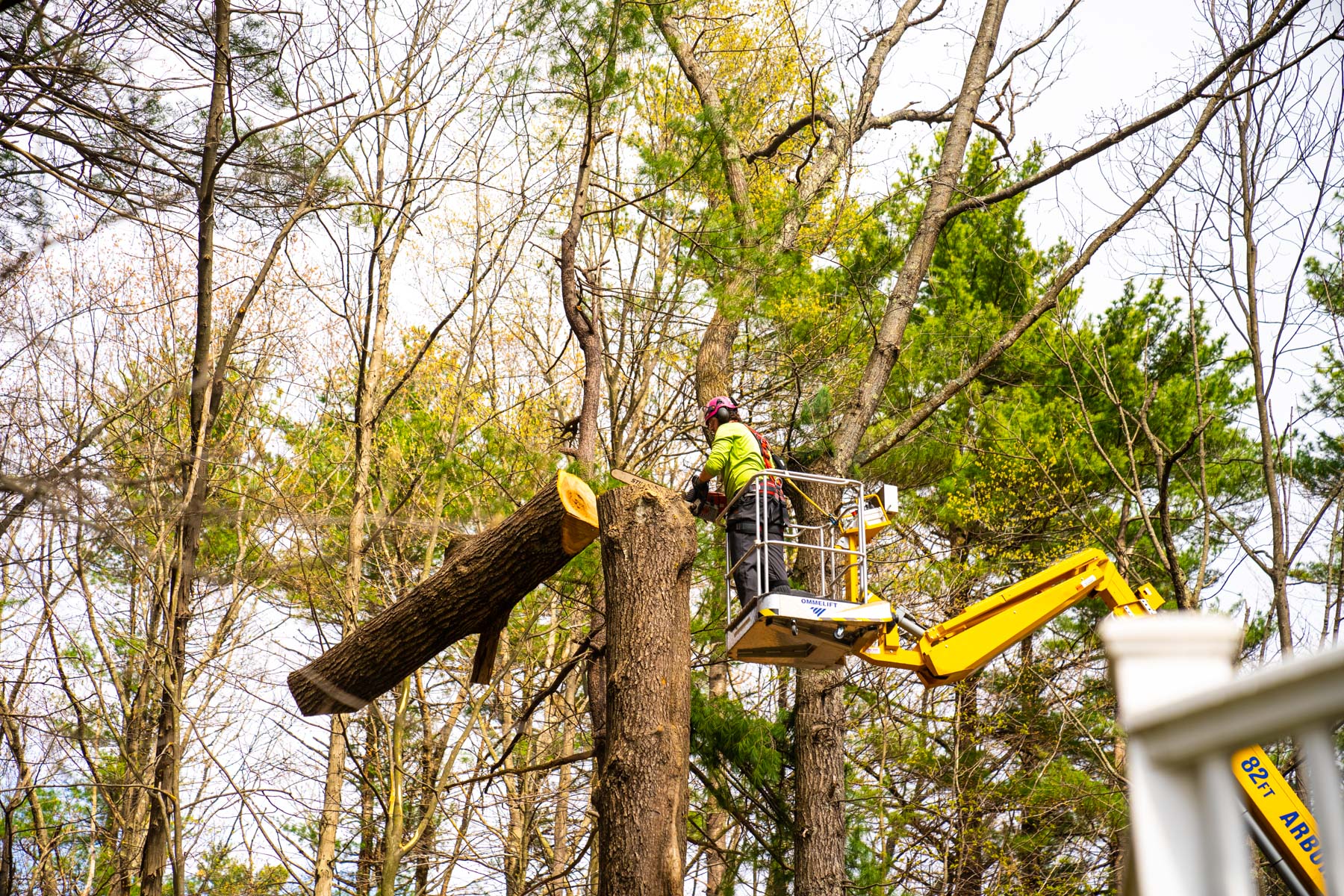All Categories
Featured
The removal of trees can develop open spaces that are at risk to weed invasion. When trees exist, their thick covers frequently color the ground, restricting the quantity of sunshine that gets to the soil. After the removal of trees, these open areas obtain enhanced sunshine, giving suitable problems for weed growth.

They might recommend the use of compost, which acts as a protective barrier on the dirt surface, stopping weed seeds from germinating and suppressing weed development.

The visibility of trees promotes an abundant and varied community of soil microbes. Tree roots provide a source of raw material, exudates, and nutrients that sustain the growth and task of beneficial dirt microbes. When trees are removed, the absence of their origins can disrupt the delicate equilibrium of the dirt's microbial ecological community.
How Do I Find A Wollongong City Council Tree Removal Service?
This change in pH can influence nutrition availability, microbial activity, and total soil health. To deal with the impacts of tree reducing on soil pH, tree elimination specialists can give important recommendations. They may suggest soil screening to examine the present pH levels and identify the essential modifications. Based upon the outcomes, experts can recommend pH change approaches, such as adding lime to elevate soil pH or incorporating important sulfur to reduce it.

It refers to the compression of dirt bits, causing reduced pore room and boosted dirt density. This compaction can negatively affect the soil's ability to work efficiently, affecting its water-holding ability, nutrition availability, and origin penetration. Proper methods used by tree removal specialists can aid reduce compaction and maintain the dirt's capacity to preserve water, and permit for appropriate air flow and mindful devices handling.
Latest Posts
What Is The Best Tree Arborist Wollongong Business?
Who Has The Best Wollongong Council Tree Removal?
What Is The Best Palm Tree Removal Wollongong Company?